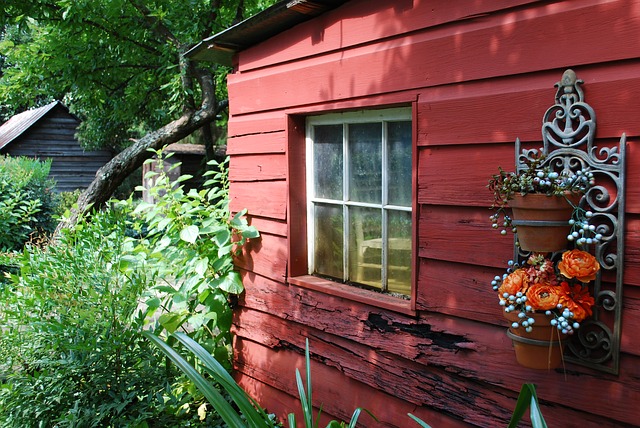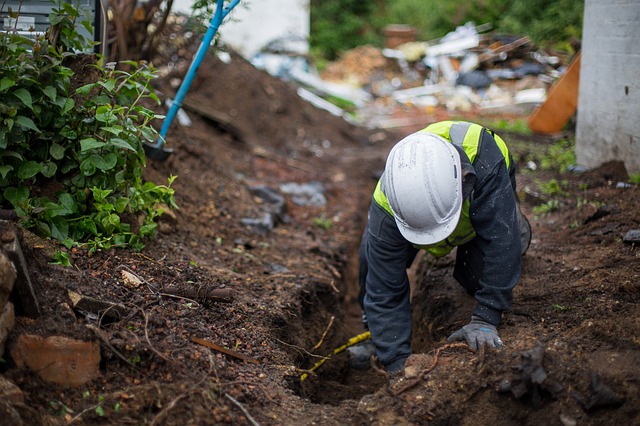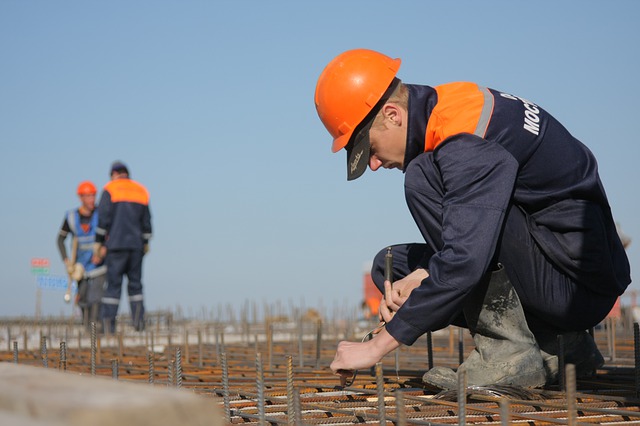Whether you want a home office that’s well separated from the main property, a guest pad, or just a place to relax that offers a perfect view of the garden, outdoor interiors might be just the tool for you. Call them outbuildings, summer houses, granny flats, fancy sheds or whatever else you like. They can jack up the value of your home and offer tons of versatility. Providing you build them right. Let’s take a closer look at some of the cracks that can appear in your outbuilding project.
It’s all in the budget
There are a lot of costs that can build up in the process of adding an outbuilding to the home. We’ll look at some of them in more detail, later. You have the costs of construction, which can vary wildly depending on how plans change and any additions you might want to make. But you also have the cost of the planning process, soil tests, landscaping, décor, and much more. This guide can give you an idea of some of the costs that you start using to build a budget, and make sure you get a detailed quote from any builders you get in contact with. Your budget has to be comprehensive. Otherwise, those unexpected costs can bite you in the rear, and when you run out of money your outbuilding remains unfinished.
Are you allowed to build it?
Don’t start erecting any walls before you’re one-hundred percent sure that you’re allowed to. Depending on where you live, there are going to be different rules for acquiring planning permission and whether you need it. On most properties, outbuildings under a certain size are allowed without issue and without planning permission. If you live in a historic area, have a historic home, or are part of a homeowner’s association, that can change. It might be a good idea to contact your local council authorities or an experienced builder in your area to get a further understanding of the planning permit process. Do be aware that applying for planning permission costs money, too.
Would a conversion be better?
If you already have a shed, then ask yourself whether or not it might be perfectly fine in its own right if you did a little work to it. In an outbuilding, you want a building that is secure, well-insulated, weatherproof, and liveable. In some cases, it might be easier to convert your shed than to build an entirely new structure. Of course, the shed might not match the aesthetic, size, or other needs on your mind. But if you need to cut costs and you’re willing to compromise, you can end up with a perfectly serviceable outbuilding. What’s more, if it’s an existing shed, you don’t need planning permission to finish it.
Making sure it can stand
It’s not something that a lot of homeowners have to think about, but whether or not you can get building could be determined by the quality of the soil under the structure. A soil test from a team like East Coast Geo Tech is essential for every new property. The foundation of any building needs to be secure. Your garden might be virgin soil, which could be a lot softer and more prone to shifting, which could lead to serious structural problems in the outbuilding. You can make changes to the soil or build your outbuilding with specific supports that help spread the weight of the structure so that it’s easier to keep upright in lower quality soil. But without a soil test, you could end up with a building that sinks deeper and deeper with every passing day, and some unsightly cracks appearing up your walls.
Getting the land ready
If the soil is fine, that doesn’t necessarily mean that the ground is ready to build on. It needs to be prepared by whoever is doing the construction. If you’re doing it yourself, then you have to learn about marking the base of the property, levelling off the area you need, creating a levelled hardcore, adding concrete and more. What’s more, have you considered how the changes will affect the overall balance and appearance of the garden? To stop your new outbuilding from disrupting your exterior, you might want to consider landscaping services like Summit Landscape, too.
What you need and where it goes
Just like there are houses of all shapes and sizes, there are outbuildings of all shapes and sizes, too. Take your time looking at the different plans offered by services like She Shedz, and think about exactly what you want from your outbuilding. Do you need more than one room, do you need a certain amount of space, do you need to position it closer to the property in order to fall within planning permission guidelines? Begin your design process not with a final outcome in mind, but with a purpose. What is the outbuilding’s function and how does that change the design you want for it?
Getting the right team
If you’re not building it yourself, then you need to make sure that you have a reliable team. Choosing cowboys can result not only in dissatisfying design but in real danger, too. If they don’t know how to properly work with different kinds of soil and how different support structures for outbuildings work, you can have those foundational issues mentioned above. Make sure that you talk to builders with specific experience in outbuilding and extension building. Make sure they’re willing to give comprehensive quotes, so you can more accurately budget. Make sure they can explain any jargon they might use so you’re not railroaded into making uninformed decisions. Avoid the mistakes that many customers make when hiring builders and you’re a lot more likely to have a happy ending to your project.
Can you do it yourself?
If you’re like a lot of hands-on gardeners and landscapers, then you might also feel inclined to take the DIY approach to building your own outbuilding. It is not impossible by any stretch of the imagination, but it is a lot more complex and demanding than a lot of other DIY jobs. You need to stick to comprehensive guides like those provided by Dave’s DIY Tips. It can be a lot cheaper, but a lot harder to build your own property, and you still need to shell out for soil testing and any planning permission that might be necessary. For the actual building of walls and roofs, it’s a good idea to look for prefabricated options, too.
Making it nature-friendly
A lot of homeowners are growing a lot more conscious about the environment and the impact that their home can have on it. Building a new structure from scratch is pretty resource heavy, but there are options you can take to ensure it avoids disrupting the environment as much as possible. For instance, consider looking for more sustainable building materials and avoiding concrete if your builders are familiar and willing to work with options like straw bales, recycled plastic, rammed earth, or bamboo. If they’re not, you shouldn’t try and pressure them into it, however. The safety and structural security of the building come before your desire to be eco-friendly.
Avoiding those houseguests
The vast majority of household pests from the garden. Your home might have a few obstacles such as paved patios or decking that might not be pest friendly. When you’re building a property right in the middle of that garden, however, then it could be a lot more attractive and accessible to pests. A new build should be well insulated and secure from most pests but to keep it that way, think about pest-proofing your garden. There are natural ways to do it like choosing plants that invite the pests’ natural predators. For mice and rats, some plans like onions and mint are thought to act as a deterrent, but sonic rodent deterrents might be even more effective. Maintaining your property and sealing any air leaks as soon as you find them is essential, however, as is keeping the garden clean. Rotting debris like branches, twigs, and leaves provide both food and cover for a lot of pests.
Don’t forget the décor
It’s all easy to focus solely on the build, and there is no doubt that it’s the most important part of the project. But if you fail to budget for décor and start gathering inspiration while building, you could end up with an outbuilding that serves no purpose but empty decoration to the garden itself. Start thinking about what you would actually like the property, and research costs and styles before the building is complete so you can start using it as soon as possible.
Adding an outbuilding to your home might seem like a lot of work, and that’s because it can be. For that reason, take as many steps as you can to ensure that progress is smooth before you start. Check the soil, check if you need planning permission, and plan out how you’re going to go about it.










